If you’ve just bought a new Canon camera and plugged it into your computer to transfer photos, only to find that your computer doesn’t recognize the device, don’t worry – you’re not alone! This is a common problem with Windows users, but there are a few things you can do to try and fix it. In this blog post, we’ll walk you through some troubleshooting steps to get your Canon camera working again.
Why Are Your Windows Not Detecting The Canon Camera?
There are a few reasons why your Canon camera might not be appearing on your Windows device. For starters, the device may not be correctly connected to the computer.
If you’re having trouble connecting your device via USB, try using a different cable or port.
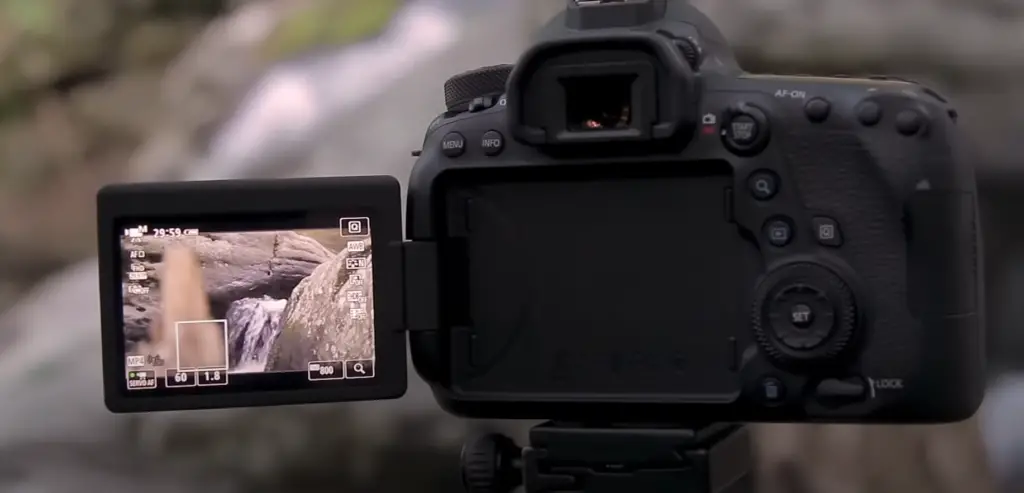
You may also need to update the drivers of your camera or install necessary software to get it working with Windows. Check if there’s an updated driver available from the manufacturer’s website and download and install it onto your system.
In some cases, Windows won’t recognize a Canon camera because of a problem with the camera itself. If your camera isn’t working on any computer, it might be a hardware issue and you should have it serviced or repaired by a professional.
Finally, if none of these solutions work, consider resetting your camera to factory settings.
Doing so will erase all stored data in your camera and may help resolve connection issues between your device and Windows. [1]
Here’s How To Fix Windows Not Recognizing The Canon Camera:
Method 1: Change Your Usb Cable
If your Canon camera is not being recognized by Windows, the first step you should take is to change the USB cable. A faulty or outdated USB cable might be the cause of your issue. So try using a different cable that you know works with other devices and see if it will connect with your computer.
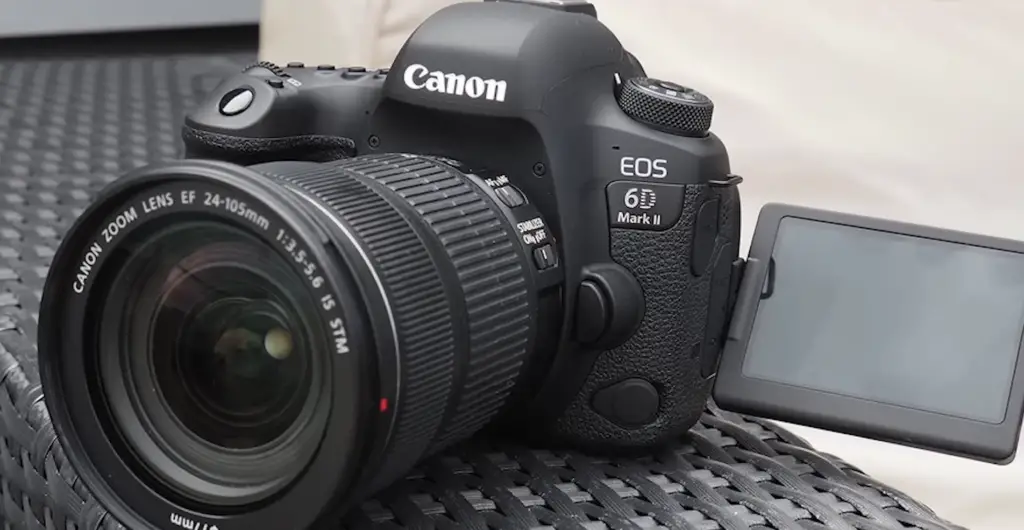
Method 2: Use The Alternative USB Port
If the above method does not work, try connecting your Canon camera to another USB port on your computer. This could be a good option if you are using an older model of Canon camera and the current USB port is not compatible with it. If this solution works, then you can use any other USB ports that you have available on your computer. You will also need to download and install the correct driver for your device from Canon’s website. Once installed, make sure to restart your computer before attempting to connect the device again. [2]
Method 3: Turn Off Canon Auto Power And Wi-Fi/ NFC Settings
If all else fails, try deactivating your Canon camera’s auto power and Wi-Fi/ NFC settings.
Wi-Fi/ NFC is another feature that enables wireless communication between the camera and other devices. To turn off these settings, start by connecting the camera to your computer using a USB cable. Next, open your Canon Camera Utility software (you can find this as an app in Windows). Select “Setup Menu” from the main menu of the app and then select “Auto Power Off” or “Wi-Fi/ NFC Settings”. Disable both options and see if the camera is now recognized by Windows. If this does not work, you may need to try one of the other methods listed above.
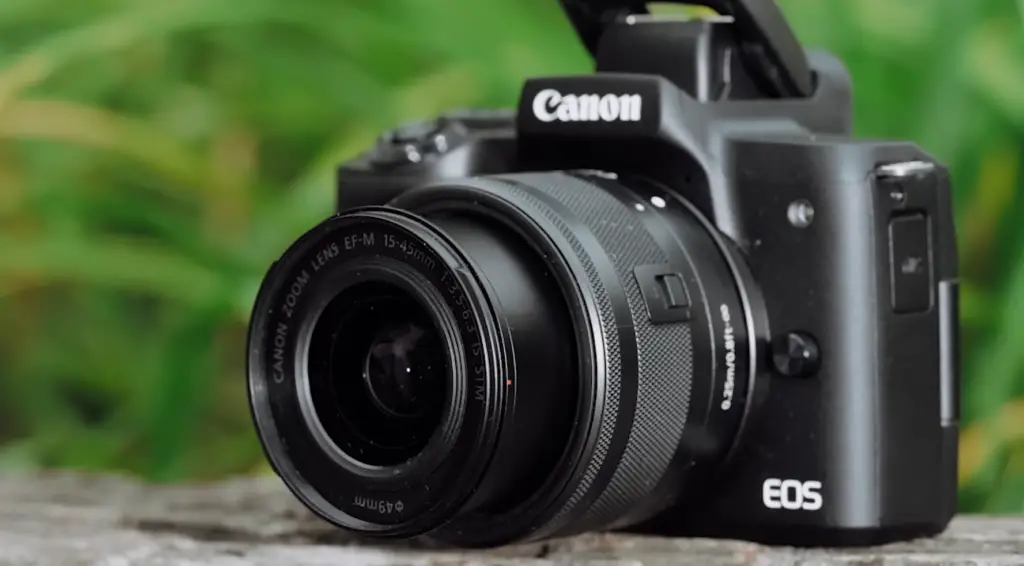
Method 4: Charge Your Camera Battery
Your camera battery might be running low, which is causing the connection issue.
Once the battery has been fully charged, try connecting your camera to your Windows device again and see if it’s recognized now. [3]
Method 5: Update Windows OS
If all else fails, the best thing to do is update your Windows OS. This will ensure that your computer has the most recent drivers and software needed for your Canon camera to work properly. To update your Windows OS, open Start > Settings > Update & Security. Then click “Check for updates” and install any pending updates that appear in the list. Once you have finished installing all of the updates, try connecting your Canon camera again and see if it is recognized this time.
Method 6: Use SD Card Reader
If your Canon camera is still not being recognized, you may need to use an SD card reader. This device allows you to connect your SD card directly to the computer, which can help if the USB ports in your computer are having difficulty recognizing the camera. To use a card reader, simply insert the SD card into the appropriate slot and then plug it into your computer’s USB port. Once connected, Windows should automatically recognize the device and allow you to access any photos or videos stored on it. Note that you may need to install additional software from a CD-ROM provided with some models of card readers before they will work correctly.

Method 7: Uninstall Canon Camera On Windows PC
If all else fails, you can try to completely remove the Canon camera from your Windows PC. To do this, open the Control Panel and select “Add/Remove Programs”. Find the entry for your Canon camera and click “Uninstall”. Then restart your computer and install the latest driver again from the Canon website or other reputable source. This should solve any issues with recognition of your Canon camera on a Windows PC. It’s worth noting that in some cases, even after uninstalling and reinstalling the driver software, your computer still may not recognize your Canon camera. If this happens to you, it could be an issue with compatibility between the version of Windows that you have installed and the driver software. In this case, try using a different version of Windows or contact Canon support for further assistance.
Method 8: Update USB Controllers On Windows Device
If your Canon camera is still not recognized by Windows, you may need to update the USB controllers on your computer. To do this, open the Device Manager and expand the “Universal Serial Bus Controllers” section. Then right-click each entry in this list and select “Update Driver Software” from the menu. This will allow Windows to search for any available updates and install them automatically. Once this is done, restart your PC and try connecting your Canon camera again. This should hopefully resolve any issues with recognition of your Canon camera by Windows. [4]
Method 9: Check EOS Utility Software Version
If the camera still doesn’t show up after trying all of the above methods, you may need to check if your EOS Utility software is out of date. EOS Utility is a program used by Canon cameras that allows users to transfer images and control settings directly from their computers. If it is an older version, it may not be compatible with Windows 10, resulting in the camera being unrecognized. To update the software, open EOS Utility and click “Help” then “Check for Updates”. This will direct you to a page where you can download the newest version compatible with your operating system. Once done, restart your computer and reconnect the camera to check if this fixes your issue. [5]
FAQ
How do I get my Canon camera to show up on my computer?
There are a few steps you can take to try and get your Canon camera to show up on your computer. The first step is to check the connection between your camera and computer. Make sure that all cables are connected securely and that no ports or connectors have become loose. If everything is secure, you may need to restart both devices before they will successfully recognize each other.If the connection problem persists, there could be an issue with the drivers installed on your computer. Check for available updates by using Device Manager in Windows 10 and updating any outdated drivers you find there. You should also check with Canon’s website for any specific driver downloads related to your device model. Once the correct drivers are installed, it’s likely that your computer will be able to recognize your Canon camera.
They should be able to diagnose and solve the issue quickly.
Why can’t I see my camera images on my computer after I plug in the device?
If your Canon camera is not recognized by Windows, it could be due to a driver issue or an incompatible USB cable. First, try connecting the camera with a different USB cable that you know works. If that doesn’t work, then you will need to check for and install updated drivers for your camera on your computer. To update the drivers for your Canon camera:
- Visit the Canon website and search for “Drivers” in the top right corner of the page.
- Select “Cameras & Photo” from the list of product categories and click on it to reveal a list of available cameras and their corresponding software/drivers.
- Choose your specific camera model and click on it to open the product page.
- Scroll down to “Software & Drivers” and select the latest version of the driver for your operating system.
- Download and install the updated driver onto your computer and connect your camera again.
If you are still unable to get your Canon Camera recognized by Windows, consider contacting Canon Support with more information about your issue. They should be able to provide additional troubleshooting steps or further assistance in resolving the problem.
How do I transfer photos from a Canon camera to a computer using USB?
To transfer photos from a Canon camera to your computer via USB, you first need to connect the camera to your computer with the appropriate USB cable. On Windows, open the File Explorer and select “Computer” or “This PC” in the navigation pane on the left side of the window. You should see your connected Canon camera listed as a removable drive. Double-click on it to open it and view its contents. Then, simply drag any desired images or videos from your Canon Camera onto your desktop or into another folder on your computer. Once you have transferred all of the files that you need, make sure to safely eject the camera before disconnecting it from your computer. To do this on Windows 10, right-click on the removable drive in File Explorer, select “Eject” from the drop-down menu, and safely remove the camera. By following these steps, you should be able to successfully transfer photos from a Canon Camera to your computer using USB. If you are still having difficulty, please contact Canon Support for further assistance.
How do I know if my antivirus is blocking my camera?
It is possible that your antivirus may be blocking access to your camera. If this is the case, you will need to add an exception for the device in your antivirus program’s settings. To do so, open up the main window of your antivirus program and find the “Settings” or “Configure” section. In there, look for a way to add exceptions for specific devices such as USB drives or cameras. Once you have added an exception for your Canon Camera in particular, restart your computer and try connecting it again.
Useful Video: How to fix Canon Camera not detecting on Windows 10
Conclusion
If your Canon camera is not recognized by Windows, the most likely cause is an outdated driver or incorrect connection. To fix this issue, make sure you’re using the correct USB cable and check to see if there are any updates available for your device driver.
In some cases restarting your computer may be necessary to refresh the connection. If all else fails, you can uninstall and reinstall the device driver in order to reestablish communication between your Canon camera and Windows. It’s important that you only do this after trying all of the other solutions as it could potentially disrupt existing settings or profiles associated with your camera.
By following these steps, you should have no problem getting your Canon camera connected to Windows again. Make sure to check for driver updates periodically and always use the correct USB cable in order to keep this issue from arising again in the future.
References
- https://www.stellarinfo.com/blog/canon-camera-not-recognized-windows-10/
- https://windowsreport.com/canon-camera-not-recognized-windows-10/
- https://www.minitool.com/news/canon-camera-not-recognized-windows-10.html
- https://asia.canon/en/support/8204726400
- https://silicophilic.com/canon-camera-wont-connect-to-computer/





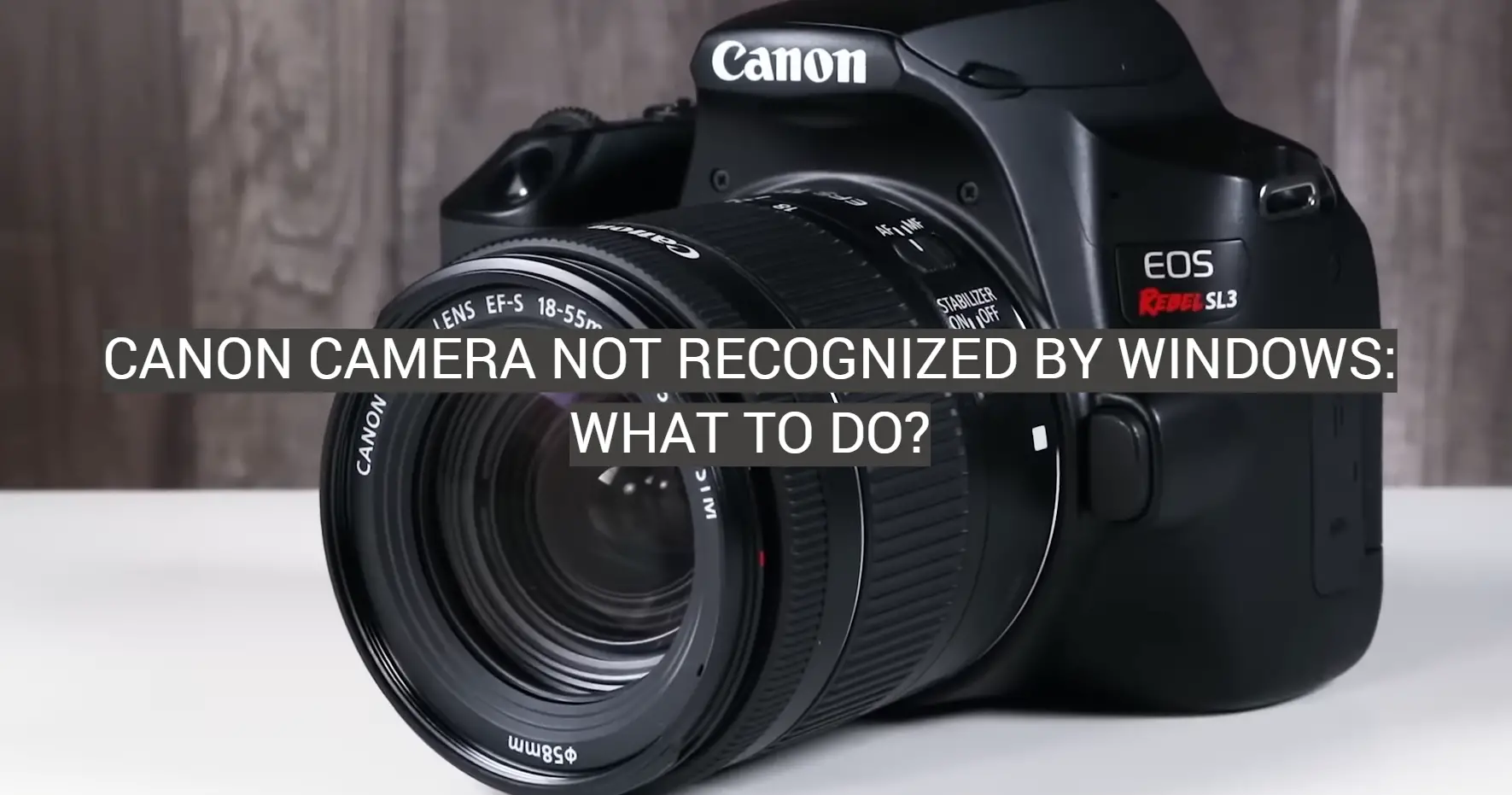
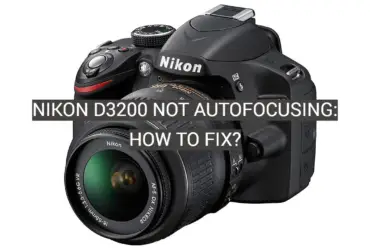
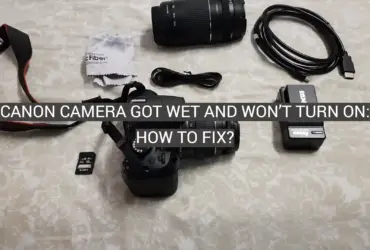
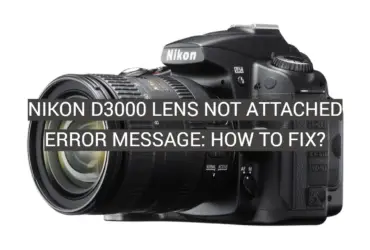

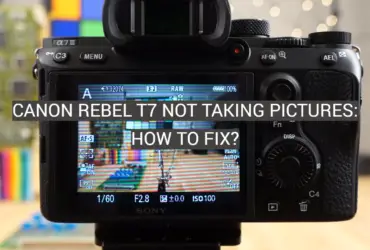

Leave a Reply